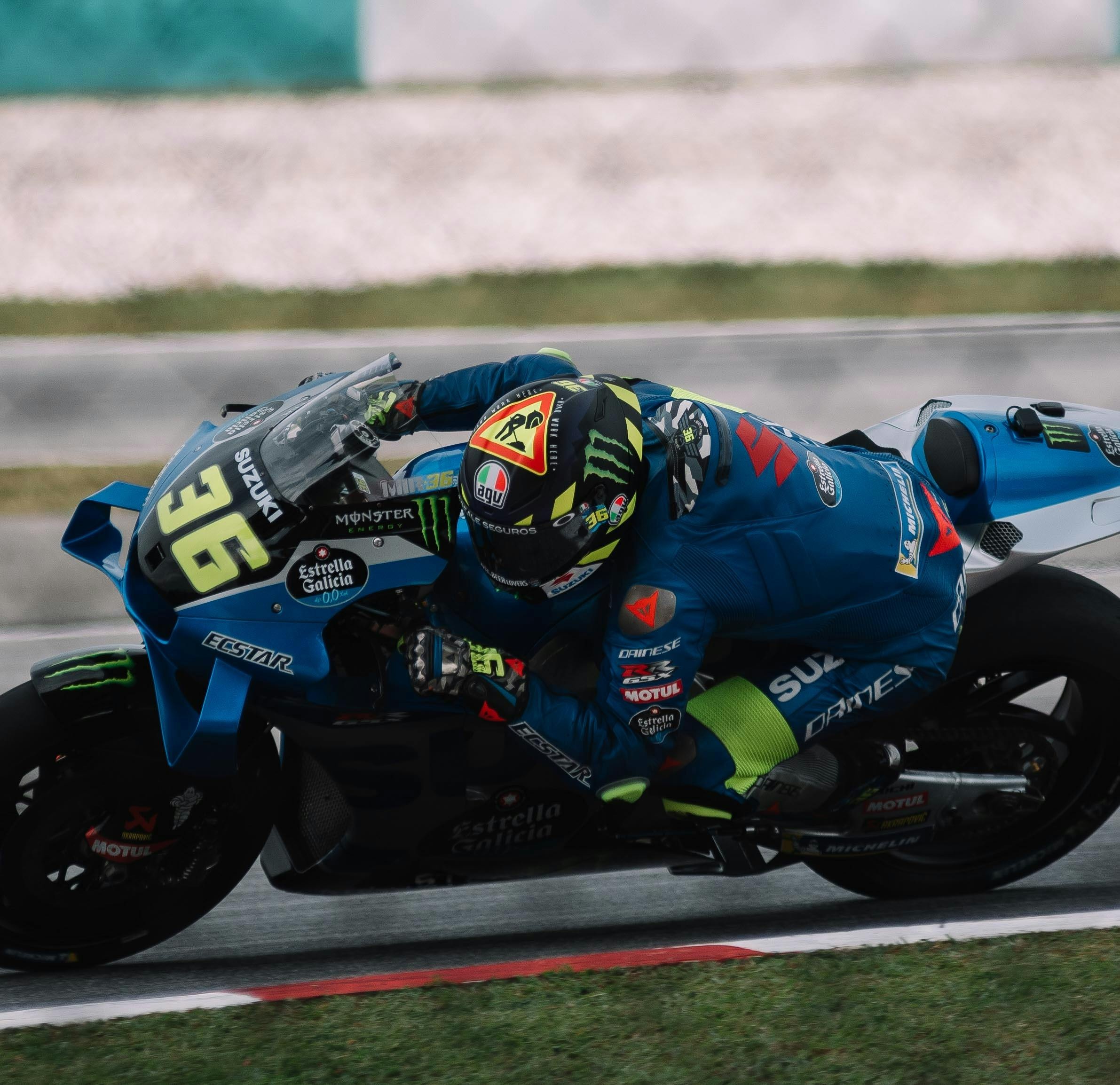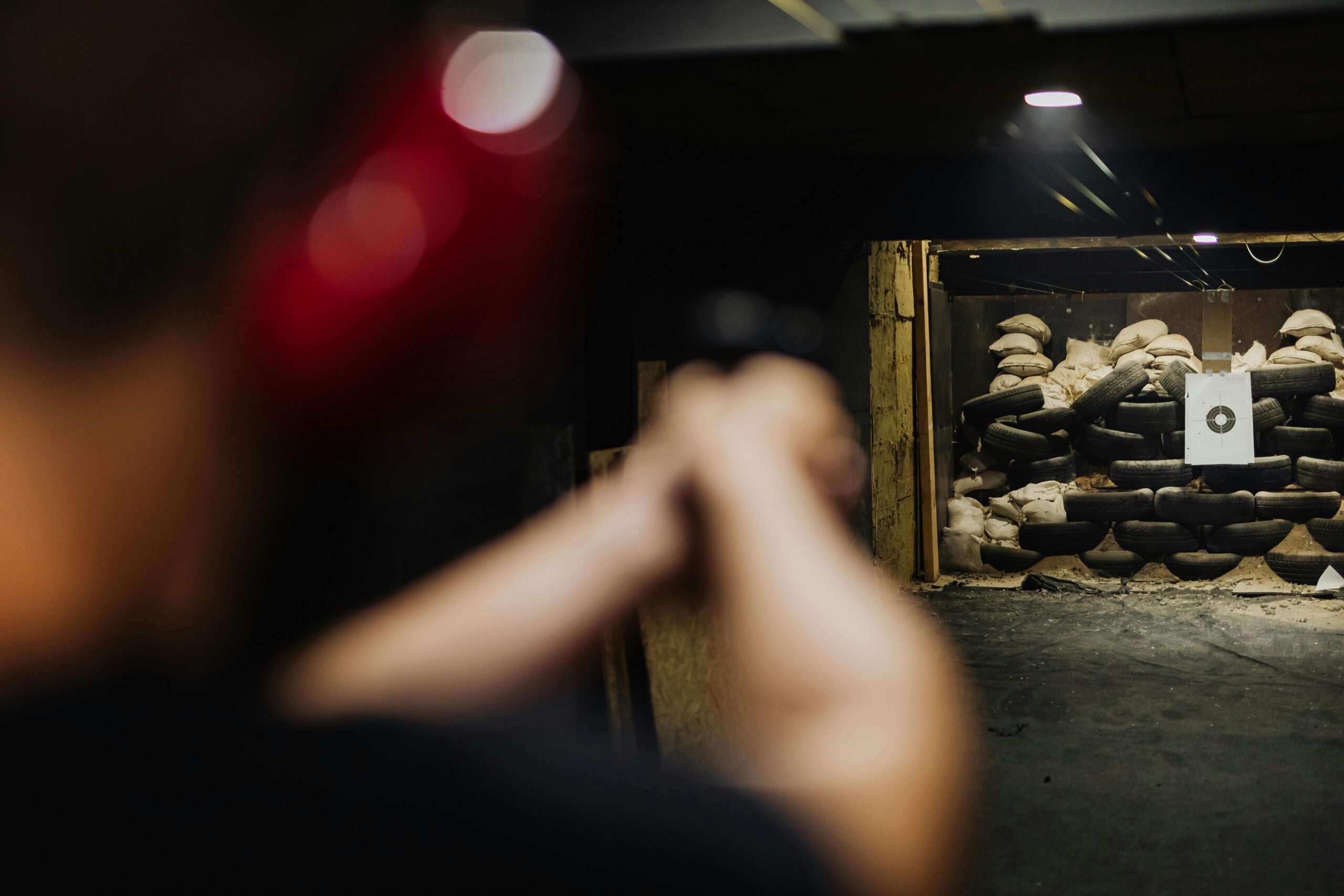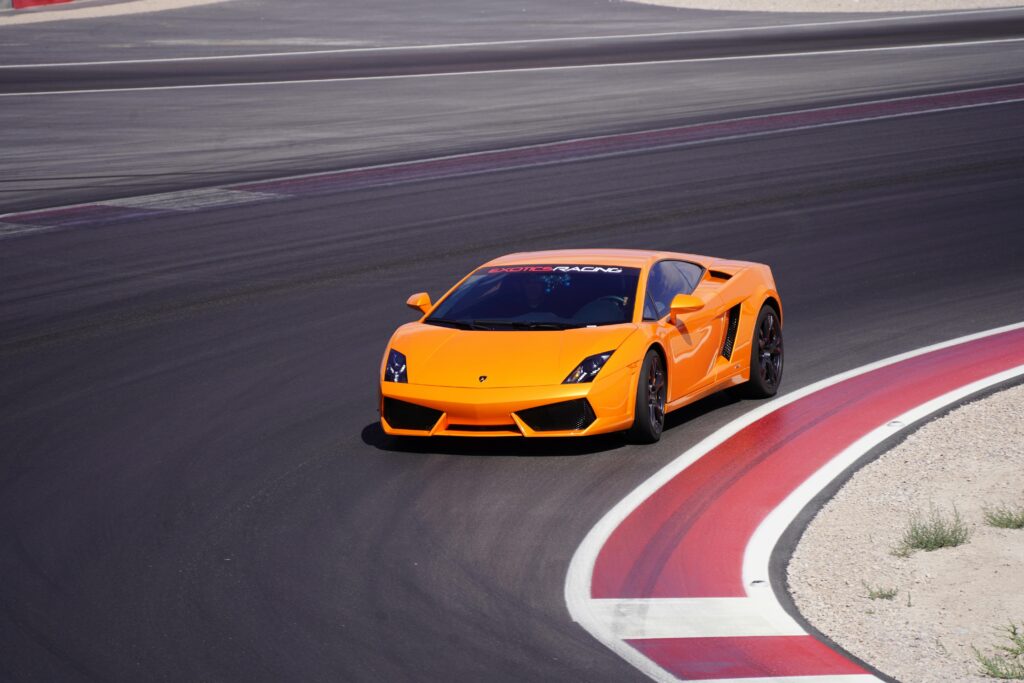Ever wondered why some MotoGP riders seem to thrive in chaos while others struggle when the skies turn grey? Track weather adaptation isn’t just a skill—it’s an art. Whether it’s blistering heat, sudden rainstorms, or freezing temperatures, MotoGP demands adaptability like no other sport.
In this post, we’ll explore how top riders and teams prepare for unpredictable weather conditions. You’ll learn the science behind track weather dynamics, actionable steps to optimize performance, tips from the pros, epic case studies, and even a few “facepalm” moments from the past. Let’s dive in!
Table of Contents
Key Takeaways
- Weather directly impacts traction, braking points, and overall race strategy.
- Teams use advanced tech like tire warmers and real-time sensors to adapt.
- Riders must master mental focus as much as physical adjustments.
- Case studies show that flexibility often separates champions from contenders.
Why Track Weather Adaptation is Crucial in MotoGP
MotoGP races aren’t just about speed—they’re a battle against nature itself. Imagine riding at speeds over 300 km/h on wet asphalt. One wrong move can spell disaster (we’re looking at you, rookie mistakes).
I’ll never forget Marc Márquez spinning out during a rainy practice session because his team underestimated cooling temperatures. Spoiler alert: he didn’t win that weekend. This kind of scenario happens more often than you think.

Here’s what makes weather such a beast:
- Rain: Reduces grip and forces riders to switch tires mid-race.
- Heat: Tires degrade faster, affecting cornering precision.
- Cold: Lower tire temps lead to slower acceleration.
With these elements in play, adapting becomes non-negotiable.
How Riders and Teams Adapt to Changing Conditions
So, how do they do it? It all starts with preparation—and coffee. Let’s break it down step by step:
Step 1: Analyze Weather Forecasts
Before stepping onto the grid, teams pore over meteorological data using tools like AccuWeather Pro and custom-built simulators. They track everything from humidity levels to wind direction.
Step 2: Tire Selection and Setup
Tires are the lifeline of any bike. On dry tracks, slicks rule supreme. But switch to intermediates for light drizzle and full wets for torrential downpours. Oh, and don’t forget tire pressure tweaks—a single PSI change can make or break performance.

Step 3: Rider Training for All Scenarios
Practice doesn’t mean hitting the tarmac; it means visualizing every possible outcome. Top riders rehearse “Plan B” scenarios—how to handle hydroplaning, sudden stops, or slippery corners—to stay calm under pressure.
Pro Tips for Mastering Track Weather Adaptation
Alright, here’s where things get spicy. Buckle up:
- Communicate Like Champions: Pit-to-bike radio systems let teams share critical updates instantly—no guessing games allowed.
- Sweat the Small Stuff: Pre-race rituals matter. From warming up muscles to checking helmet visors, details add up.
- Embrace Tech: Sensors embedded in bikes measure lean angles, throttle inputs, and suspension feedback to guide decisions.
But wait, one terrible tip: “Ignore the forecast if you feel lucky.” Trust me, your luck won’t hold up against Mother Nature.
When Weather Changed the Game
Let’s rewind to 2021’s British GP. Heavy rain forced multiple crashes and red flags, yet Fabio Quartararo emerged victorious thanks to impeccable timing and tire choice. His secret? Staying flexible and trusting his instincts.

Rant Break: Why Predictable Strategies Fail
Listen up, folks. Too many riders stick rigidly to their plans without considering live conditions. If you’ve ever watched someone spin off-course because they refused to swap tires, then you know what I’m talking about. Don’t be that person!
Frequently Asked Questions About Track Weather Adaptation
Why Are Rainy Tracks So Dangerous?
Rain reduces friction between tires and asphalt, making bikes harder to control. Plus, visibility drops significantly.
Do Riders Ever Practice Off-Road for Better Skills?
Some champion dirt biking skills to boost balance and confidence in slippery conditions—but not everyone follows suit.
Is There Special Gear for Extreme Temperatures?
Absolutely. Racing suits have built-in ventilation for heat and insulation layers for cold days.
Final Thoughts on Track Weather Adaptation
To dominate MotoGP races, mastering track weather adaptation is a must. From pre-race prep to split-second decisions, success hinges on balancing human intuition and cutting-edge technology.
Remember, winning isn’t always about avoiding bad weather—it’s about thriving despite it. So gear up, stay sharp, and embrace the unpredictability. After all, life’s a little like a MotoGP race… sometimes messy, but always thrilling.
And now for the cherry on top:
Whirrrr, engines roar, Raindrops dance on scorching tar. Victory waits close.


